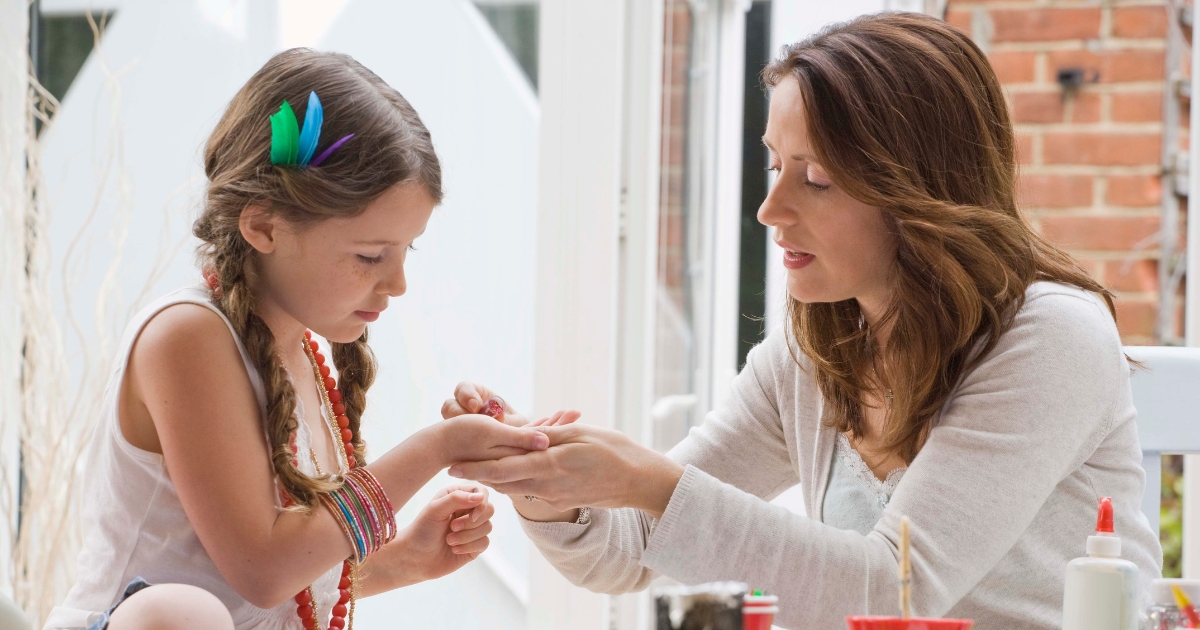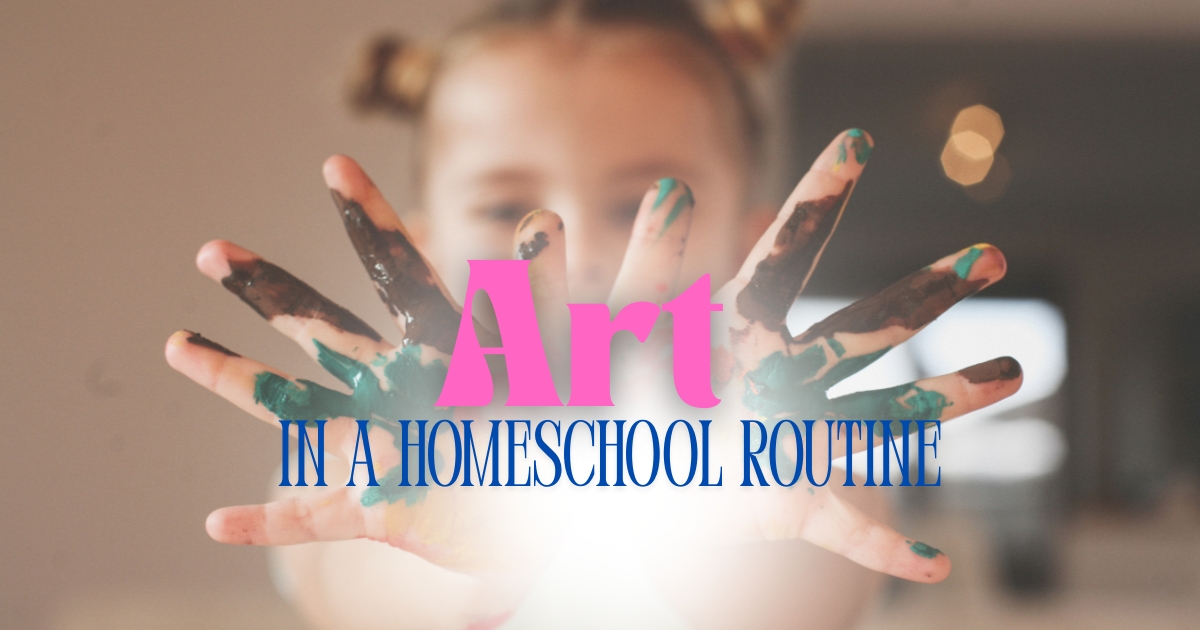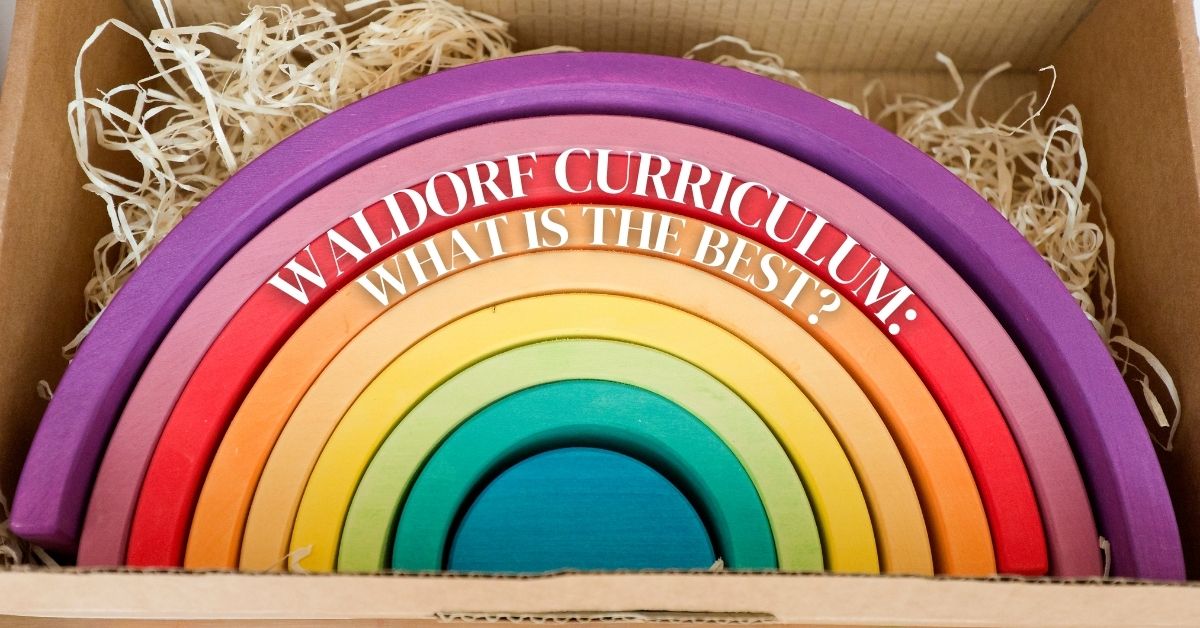Art is a powerful tool for enhancing homeschooling experiences. It creates meaningful learning opportunities, encourages self-expression, and helps children develop critical thinking and problem-solving skills. By weaving art into your daily or weekly homeschool routine, you can make lessons more engaging and memorable.
Below, we’ll share creative homeschool art activities, discuss how to integrate art into your curriculum, and provide actionable tips to help you bring the beauty of art into your homeschool classroom.
Why Art Is Essential In A Homeschool Curriculum
Art often takes a backseat in education because it’s sometimes seen as “less practical” than subjects like math or science. But in reality, art is incredibly valuable. It’s not just about painting or drawing. Art promotes creativity, improves motor skills, and helps children process emotions and ideas in new ways.
Building an art component into your homeschool curriculum allows kids to think outside the box. For instance, younger children improve fine motor skills through hands-on crafting like cutting, gluing, and sculpting. Older kids, on the other hand, can explore storytelling through digital art or photography. And for all ages, art enhances emotional intelligence by encouraging self-reflection and exploration of feelings.
What’s more, art naturally integrates with other subjects. A history lesson comes alive through historical costume design, while geometry becomes tangible through patterns and symmetry in art. The possibilities are endless, and incorporating art is easier than you might think.
Creative Homeschool Art Activities To Enrich Learning
Sometimes it’s hard to know where to start with art projects, especially if you’re not someone who identifies as “artsy.” But the good news is, homeschool art activities don’t have to be complicated. Here are some ideas to help spark creativity and make art part of your homeschool day:
- Open-Ended Art Projects for All Ages
- Abstract Painting: Give kids a variety of paint colors and encourage them to experiment with shapes, textures, and color blending. There’s no “right” or “wrong” result with abstract art, which helps foster creativity and confidence.
- Collages: Gather old magazines, newspapers, fabric scraps, or natural materials like leaves and twigs. Arrange them into collages that represent a theme or personal story.
- 3D Sculpting: Use air-dry clay, salt dough, or even recyclable materials like cardboard and toilet paper rolls to build imaginative sculptures.
- Art that Connects to Other Subjects
- Science: Create models of the solar system using paper mâché or clay. Study plant biology through flower pressing or leaf art.
- History: Research historical art movements, then imitate the style. For example, try painting like the Impressionists or creating tribal art inspired by ancient cultures.
- Literature: Illustrate a scene from a favorite book, or design a new book cover. Older students might enjoy creating graphic novel panels based on a story they’ve read.
- Seasonal and Holiday Art
- Make decorations for holidays with homemade ornaments, handprint crafts, or themed watercolor projects.
- For seasonal art, try creating pressed-flower bookmarks in springtime or building snowflake sculptures during winter.
- Group Art Activities
- Host a “family art night” where everyone participates in the same project, such as painting on canvas or creating a giant mural together.
- For homeschool co-ops, organize a collaborative art show. Each child can showcase one or two projects, providing a platform for kids to share their creativity with peers.
- Digital Art and Technology
- Teach older children to use graphic design tools like Canva or Procreate. These skills are practical in today’s world and allow teens to explore their interests in areas like game design or digital illustration.

Making Art A Routine Part Of Your Homeschool
Now that you have some ideas for homeschool art activities, the next step is to integrate them into your schedule. The key is to prioritize art just like you would any other subject. This might mean setting aside an hour once a week for art or breaking larger projects into smaller steps that can be done over several days.
Here are practical tips for making art a consistent part of your homeschool:
- Keep Supplies Accessible: Set up an “art corner” where kids can freely access materials like paper, crayons, glue, scissors, and paint. When art tools are within reach, creativity tends to flow more naturally.
- Rotate Themes and Techniques: Focus on a different medium or theme every month. For example, experiment with printmaking in May, collage in June, and photography in July.
- Combine Art with Outdoor Time: Nature walks provide endless inspiration for art. Collect leaves, flowers, or interesting stones and have kids create art pieces inspired by their finds.
- Use Free Resources: Many websites offer printable art worksheets, technique tutorials, and creative prompts. You don’t need an art degree to guide your kids through meaningful projects!
When art is part of the weekly rhythm, it becomes a natural and rewarding element of your homeschool culture.
Art on a Budget: Affordable and Innovative Approaches
Creating meaningful art experiences doesn’t have to break the bank. Many homeschoolers worry about the cost of fancy materials, but affordable art activities are abundant if you know where to look.
For instance, you can use upcycled household items as art supplies. Old cardboard boxes can be transformed into puppet theaters, while toilet paper rolls become rocket ships or animal figurines. You might even turn kitchen scraps into eco-friendly dye for tie-dye projects (think beet juice for pink or turmeric for yellow).
Libraries are also great places to find free or low-cost inspiration. Many public libraries loan out craft books or instructional art guides, and some even offer free art classes for children.
Additionally, explore the digital world for free tools and resources. Platforms like YouTube offer excellent tutorials on painting, drawing, and crafting. Pinterest is another goldmine of art project ideas across a range of skill levels.
Finally, don’t hesitate to shop secondhand when restocking supplies. Thrift stores or donation centers often have affordable art kits, fabric remnants, and craft tools. You can also connect with other homeschoolers to swap or share supplies.
Evaluating The Role Of Art In Your Child’s Learning Journey
Art serves more than a decorative or leisure purpose; it is a mode of learning. As you integrate art into your homeschool curriculum, you’ll start noticing its profound effects on your child’s development. Art projects improve focus, patience, and the ability to deal with frustration. Through collaborative projects, they gain teamwork skills. And when presenting their finished pieces, your child builds confidence and learns how to communicate visually.
These benefits extend far beyond childhood. Whether kids grow up to pursue creative careers or use their artistic skills as hobbies, they carry the ability to think creatively and approach problems innovatively.
It’s worth checking in regularly to evaluate how art fits into your homeschool routine. Are your children excited about art projects, or do they feel uninspired by the current plan? Adjust based on their feedback and interests, and don’t be afraid to experiment with new techniques or topics. Art is all about exploration and fun, so keep the focus on enjoyment rather than perfection.





